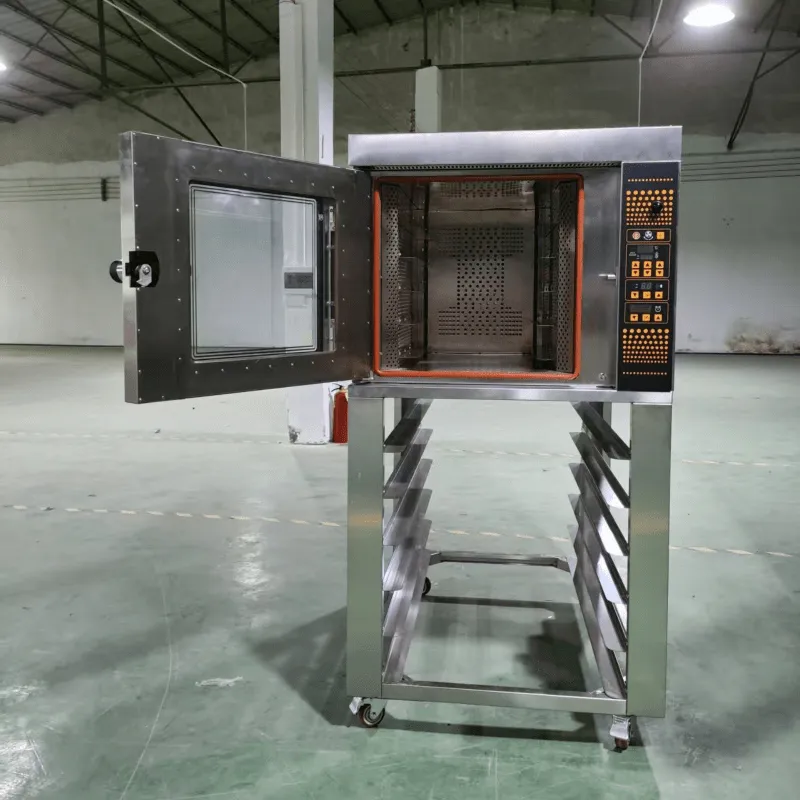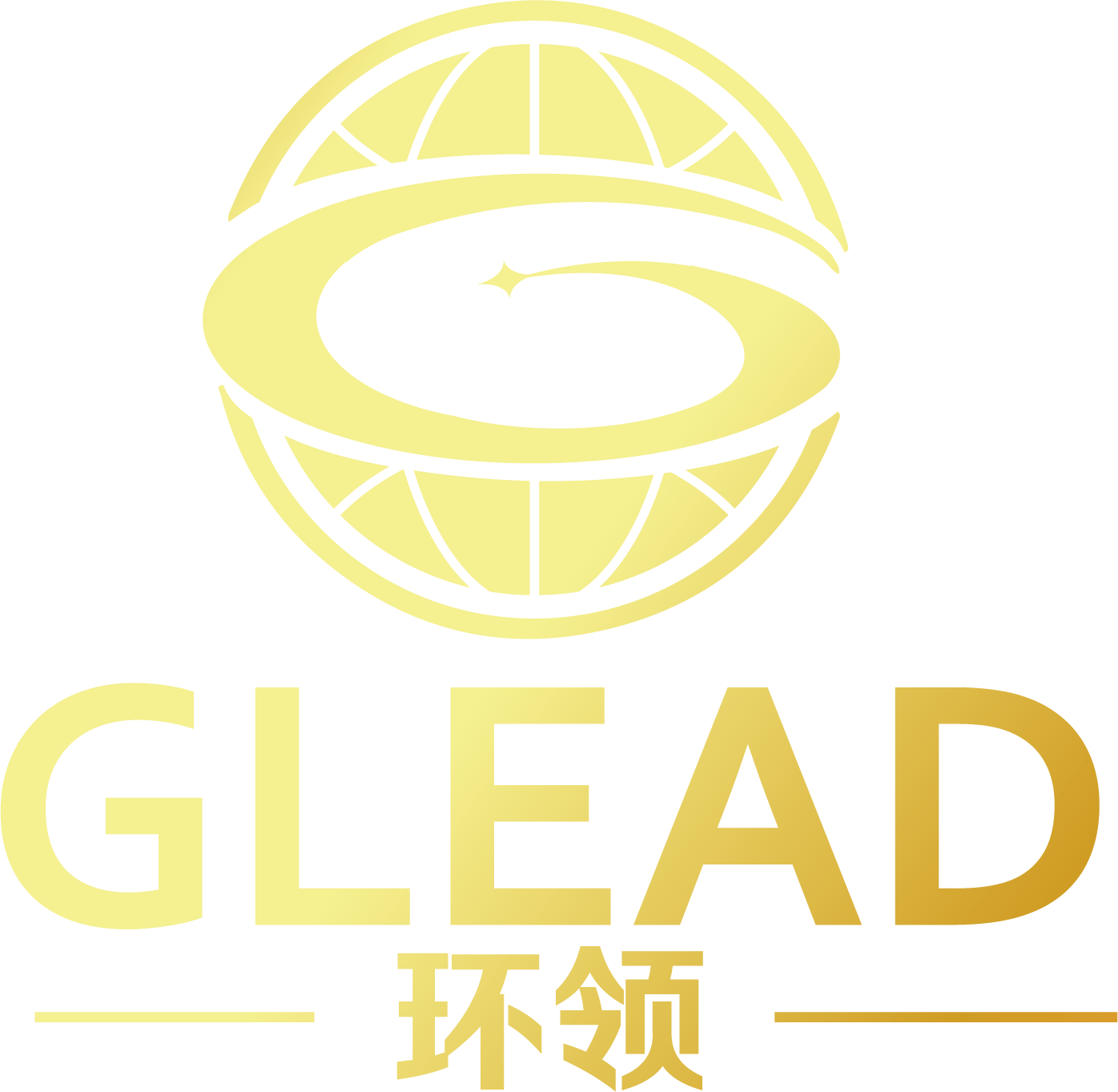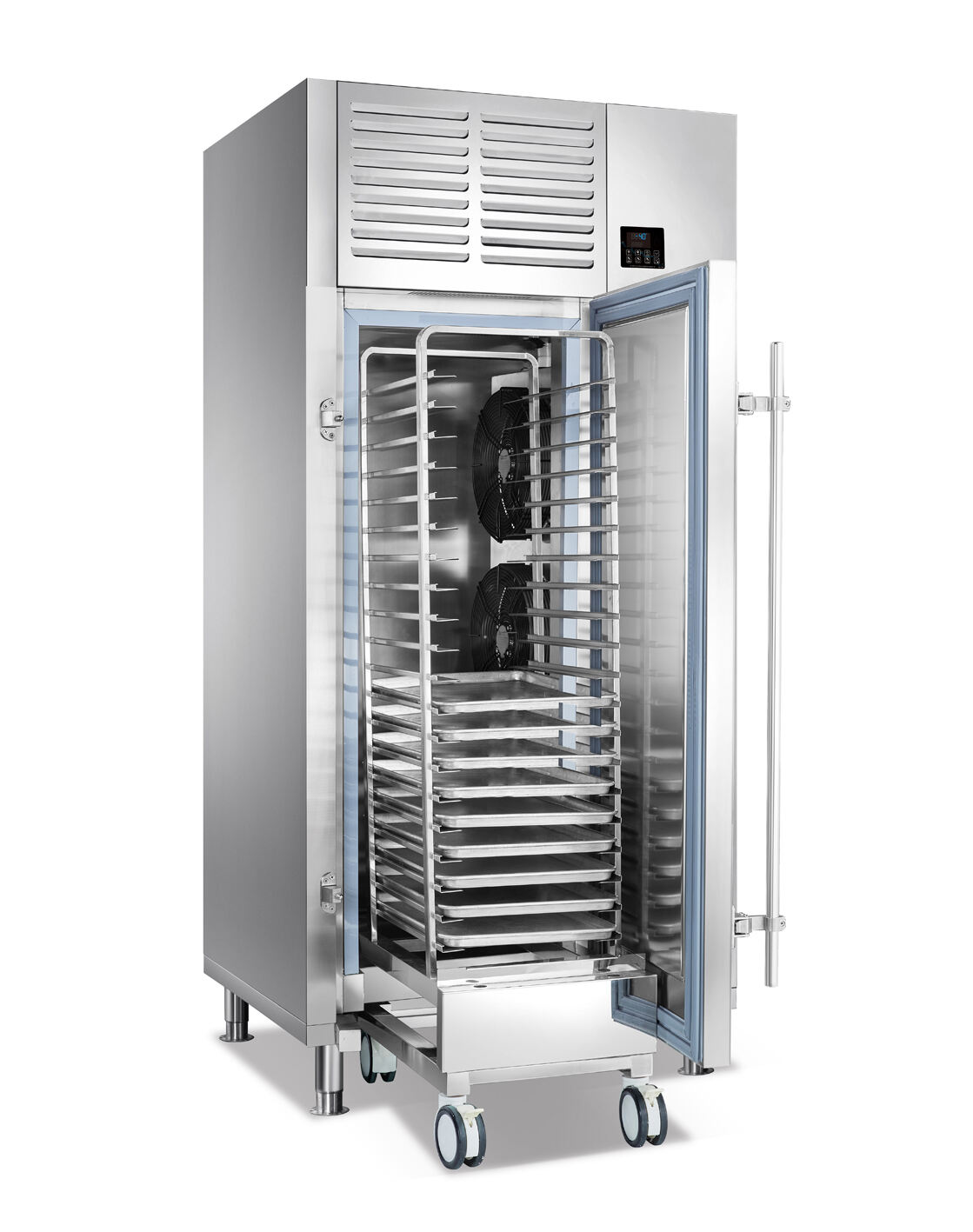Revolutionizing Custom Apparel Production with Modern Screen Printing Technology
The custom apparel industry has witnessed a remarkable transformation with the evolution of print screen machines. These sophisticated pieces of equipment have become the backbone of successful garment printing businesses, enabling creators to produce high-quality custom designs with remarkable efficiency. From small startup operations to large-scale production facilities, print screen machines have proven instrumental in meeting the growing demand for personalized clothing and accessories.
Modern print screen machines combine precision engineering with innovative features to deliver consistent, professional results. They've dramatically improved the speed and accuracy of screen printing while reducing waste and operational costs. Whether you're just starting your custom apparel business or looking to upgrade your existing equipment, understanding the capabilities and characteristics of today's print screen machines is essential for making an informed investment.
Essential Features of Professional Print Screen Machines
Advanced Registration Systems
One of the most critical components of high-quality print screen machines is their registration system. Modern machines feature micro-registration adjustments that allow for precise color alignment and pattern matching. These systems typically include tool-free adjustments and digital positioning indicators, enabling operators to achieve perfect registration in minutes rather than hours. The best machines incorporate pneumatic registration locks that maintain alignment throughout entire production runs.
Advanced registration systems also feature built-in parameters for different fabric types and printing techniques. This versatility ensures consistent results whether you're working with cotton t-shirts, polyester sportswear, or specialty materials. The ability to save and recall registration settings for repeat jobs significantly reduces setup time and minimizes errors.
Print Head Technology
Modern print screen machines utilize sophisticated print head designs that optimize ink distribution and pressure control. These systems often feature adjustable flood bars and squeegee pressure settings that can be fine-tuned for different designs and fabric types. The best machines incorporate servo-motor-driven print heads that ensure smooth, consistent strokes and minimize fabric stretching.
Print head technology has evolved to include automated cleaning systems and quick-change mechanisms for squeegee blades. This advancement reduces maintenance time and ensures consistent print quality throughout long production runs. Some advanced models even feature digital pressure monitoring systems that alert operators when adjustments are needed.
Production Efficiency and Automation Features
Automated Loading and Unloading Systems
The integration of automated loading and unloading systems has revolutionized the efficiency of print screen machines. These systems can significantly increase production speeds while reducing labor costs and physical strain on operators. Advanced machines feature synchronized belt systems and precision placement mechanisms that ensure consistent garment positioning for every print.
Modern loading systems also incorporate sensors that detect proper garment placement and thickness, automatically adjusting print parameters for optimal results. This technology virtually eliminates misalignment issues and reduces waste due to printing errors. Some systems even include automated folding and stacking capabilities for finished products.
Digital Control Interfaces
Today's print screen machines feature sophisticated digital control interfaces that streamline operation and monitoring. These systems provide real-time production data, including cycle counts, speed settings, and maintenance alerts. Operators can quickly adjust parameters through intuitive touchscreen displays, ensuring consistent quality across multiple production runs.
Advanced control systems often include network connectivity for remote monitoring and troubleshooting. This feature allows manufacturers to track productivity metrics and identify potential issues before they impact production. Some systems even offer integration with production management software for comprehensive workflow optimization.

Maintenance and Longevity Considerations
Preventive Maintenance Features
Quality print screen machines incorporate design elements that facilitate regular maintenance and minimize downtime. These features include easily accessible components, quick-change parts, and built-in diagnostic systems. Regular maintenance schedules are often programmed into the machine's control system, alerting operators when specific tasks are due.
Leading manufacturers also provide comprehensive maintenance documentation and training resources to help operators maintain optimal performance. Some machines feature self-lubricating components and wear-resistant materials that extend service intervals and reduce maintenance costs over time.
Build Quality and Durability
The construction quality of print screen machines directly impacts their longevity and reliability. Premium machines utilize heavy-duty materials and precision engineering to ensure stable operation under continuous use. Features like reinforced frames, hardened guide rails, and industrial-grade electronics contribute to extended service life.
Professional-grade machines often incorporate modular designs that facilitate future upgrades and repairs. This approach allows businesses to adapt their equipment to changing production needs without requiring complete system replacement. The best manufacturers also offer comprehensive warranty coverage and readily available replacement parts.
Frequently Asked Questions
What is the average lifespan of a professional print screen machine?
A well-maintained professional print screen machine typically lasts 10-15 years or more. Regular maintenance, proper operation, and quality construction are key factors in maximizing equipment longevity. Many manufacturers offer extended warranty options and service programs to protect your investment.
How do I determine the right print screen machine capacity for my business?
Consider your current production volume and projected growth over the next 3-5 years. Factor in average order sizes, typical turnaround times, and peak season demands. It's generally recommended to choose a machine with capacity that exceeds your immediate needs by 25-30% to accommodate business growth.
What training is required to operate modern print screen machines?
Most manufacturers provide comprehensive training programs that cover basic operation, maintenance, and troubleshooting. Operators typically need 2-4 weeks of hands-on training to become proficient with basic functions, while mastering advanced features may take several months of experience. Many machines also include interactive training modules and documentation accessible through their control interfaces.

